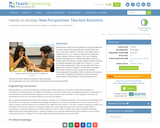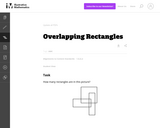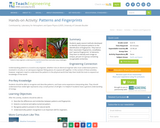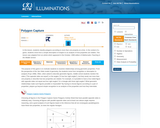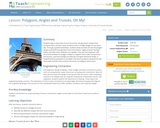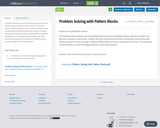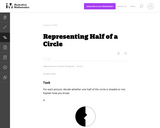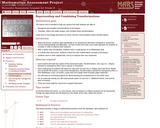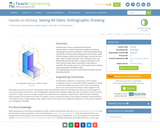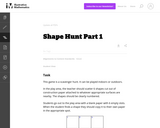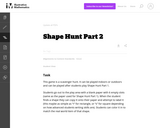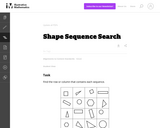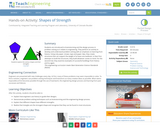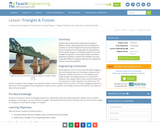
(Nota: Esta es una traducción de un recurso educativo abierto creado por el Departamento de Educación del Estado de Nueva York (NYSED) como parte del proyecto "EngageNY" en 2013. Aunque el recurso real fue traducido por personas, la siguiente descripción se tradujo del inglés original usando Google Translate para ayudar a los usuarios potenciales a decidir si se adapta a sus necesidades y puede contener errores gramaticales o lingüísticos. La descripción original en inglés también se proporciona a continuación.)
El módulo 2 explora formas bidimensionales y tridimensionales. Los estudiantes aprenden sobre formas planas y sólidas de forma independiente, así como cómo están relacionadas entre sí y con formas en su entorno. Los estudiantes comienzan a usar palabras de posición cuando se refieren y se mueven formas. Los estudiantes aprenden a usar sus palabras para distinguir entre ejemplos y no exámenes de formas planas y sólidas.
Encuentre el resto de los recursos matemáticos de Engageny en https://archive.org/details/engageny-mathematics.
English Description:
Module 2 explores two-dimensional and three-dimensional shapes. Students learn about flat and solid shapes independently as well as how they are related to each other and to shapes in their environment. Students begin to use position words when referring to and moving shapes. Students learn to use their words to distinguish between examples and non-examples of flat and solid shapes.
Find the rest of the EngageNY Mathematics resources at https://archive.org/details/engageny-mathematics.
- Subject:
- Mathematics
- Material Type:
- Module
- Provider:
- New York State Education Department
- Provider Set:
- EngageNY
- Date Added:
- 07/05/2013
